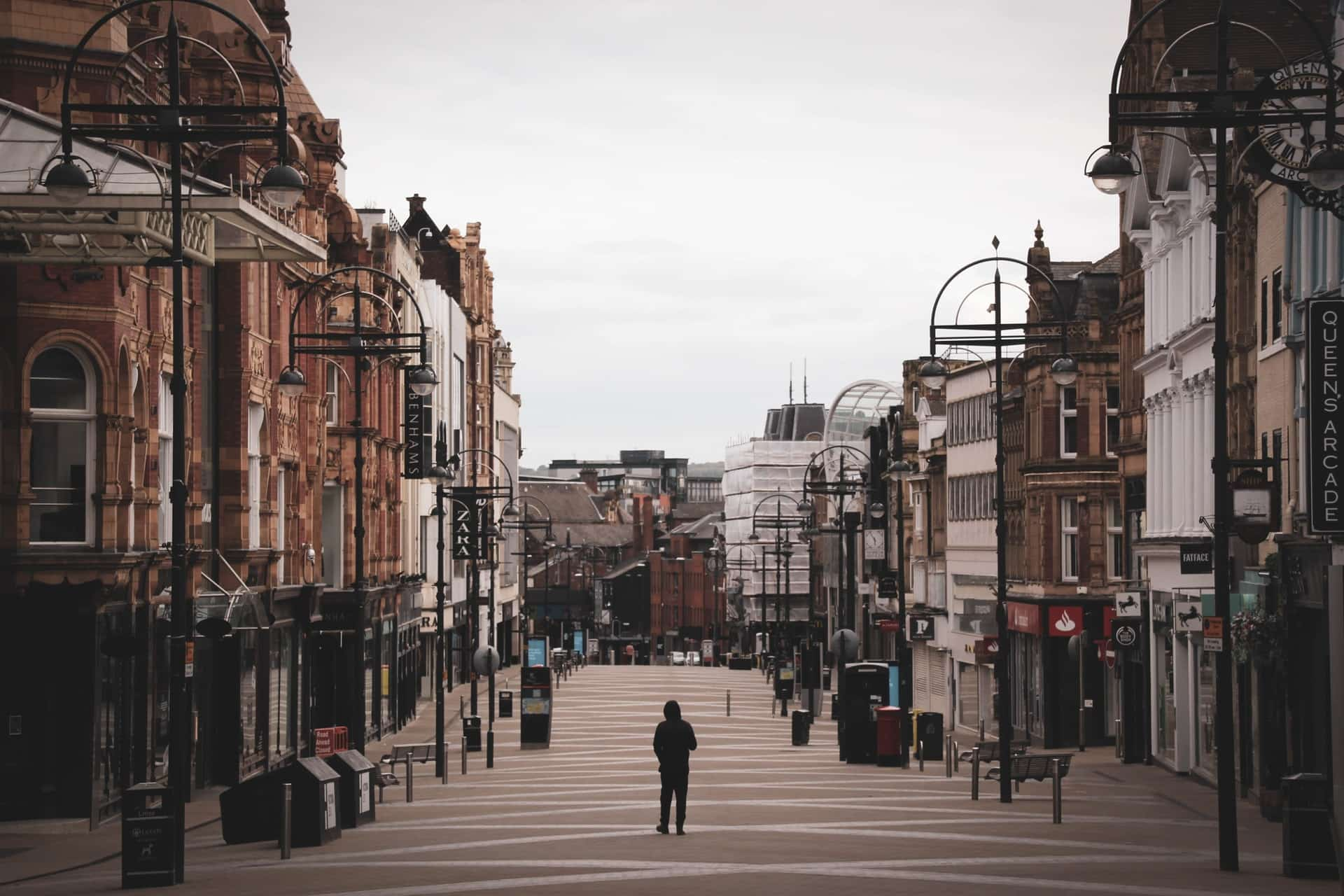We are developing and inviting a conversation on town centre living and a caring place. These conversations touch upon our ten principles of a caring place. In this blog Karen Anderson, former chair of Architecture and Design Scotland, responds to the blog by Dr. Donald Macaskill, of Scottish Care.
Good architecture and planning is about creating places that are sensitive to the human experience of the environment. While practitioners are able to put people at the centre of their design practice, most often competing, and often conflicting, priorities are prime in the designer’s brief.
The requirement for parking, security and service access too often leads to dead-end spaces that reduce the permeability and attractiveness of a town. The result? An uncared for, non-caring place.
Design stipulations
Design stipulations for vehicles have been explicit for decades: turning circles, corner radiuses, etc. - all are set out and have become increasingly demanding. There are, by contrast, no requirements for accommodating people: e.g. seats, gathering points, play stops, public toilets or trees; no requirements for well-designed connected routes that make walking and places a pleasure.
People are adaptive. Rather than demanding well looked after, attractive places to walk around and meet in, we cope with often atrocious pedestrian routes and ugly spaces. Most of us seem resigned to this; content to seek that experience on holiday or a day out. It doesn’t have to be so.
Town stewards
As Donald Macaskill highlights in his blog, making cared for and caring places (to me the two are inseparable) is a joint project for all who have a stake in our towns: locals and potential residents of all ages, businesses, service providers, local authorities officers and politicians: our ‘town stewards’.
‘Town Centre First’ needs to be augmented with ‘People First’: the individual’s social, physical and emotional experiences, not processes, need to be at the centre of our built environment investment and design decisions. We need to embed creating socially supportive places and spaces as the norm.
If we have ‘Secured by Design’, why not ‘Social by Design’? Designers, roads engineers and ‘town stewards’ need to work together and prioritise how spaces function, feel and what they look like as a whole. If they do, they can create spaces for people that are comfortable, varied and beautiful.
We have many models: parts of our cities, towns and villages that have survived, made by craft with care, are badged as ‘conservation areas’. Sadly, we have built few new places in the last century to rival them, and have actually destroyed the people-friendly environments of many more in the name of rational planning, road safety or economic growth. We have lost our ‘town pride’ and we need to replace it with ‘community heart’.
Creating caring places
None of this is ground breaking: it is the substance of the Scottish Government’s Policy on Architecture and Place – ‘Creating Places’. However, we need cross-sector working on the ground by our ‘town stewards’, to establish joint working that makes the absolute starting point for every development or investment decision a well-designed, caring building, space or place. Caring design augments the themes of Creating Places. It is:
- Connected – people are linked to others: to their homes, facilities shops and services, by attractive routes for pedestrians, cyclists and transport.
- Accessible and Legible – houses, buildings and public spaces are easy to get to with consistent clear, attractive signage, ramps and easily identified and celebrated entrance areas.
- Welcoming – shared spaces are designed to be bright, sunny, attractive, open and transparent.
- ‘Shareable’, Social, Comfortable and Accommodating – well-planned spaces with features that make the most of views and light and include places to sit and gather, spaces that give people a legitimate reason to be there, maybe located on routes for incidental meeting.
- Comforting and Supportive – small private spaces in sheltered sunny spots or internally ‘quiet spaces’ to enjoy.
- Safe and Secure – passively overlooked (using technology if required) with proximity to routes, doors, windows and places where people come and go, or stay, carefully considered.
- Flexible – spaces that adapt for different needs that can be used for small or large gatherings, galas, street parties.
- Beautiful – spaces of character that are well proportioned and well built, with beautiful details and use of appropriate materials.
- Inspiring – spatially well-designed with contrasting volumes, light and bright, with views of vistas or closer features, windows and doors connecting interior spaces with outside courts and garden spaces.
If we do this we will have caring and sociable places!
Karen Anderson, former Chair, Architecture and Design Scotland
Header image: Gary Butterfield on Unsplash
Share your stories on a caring place
We are developing and inviting a conversation on a caring place through our social media channels and on this website. If you'd like to share you knowledge and experiences of what it takes to design for a caring place, get in touch.

